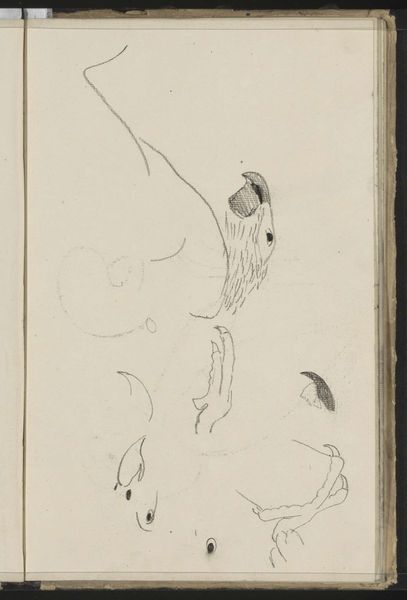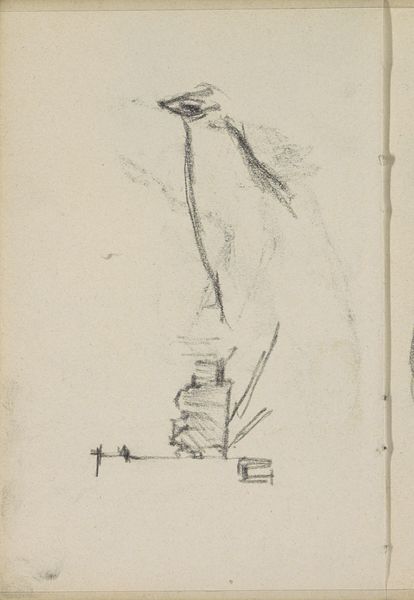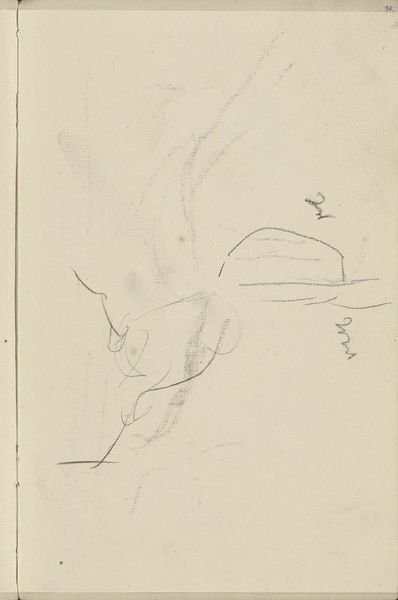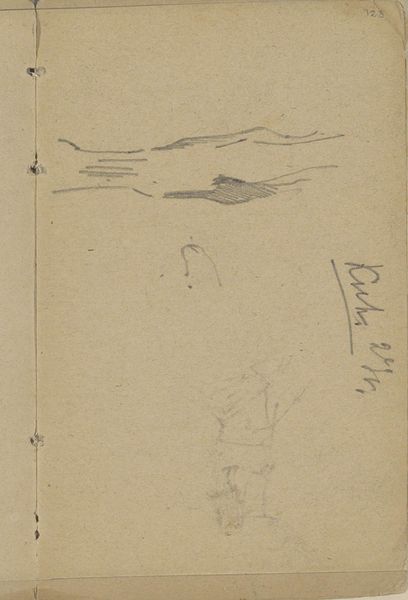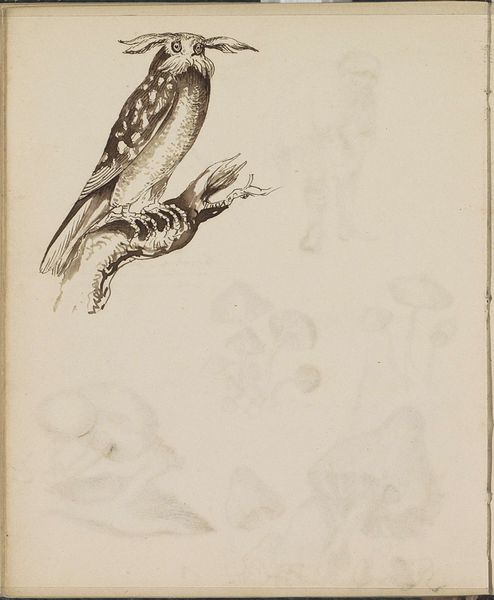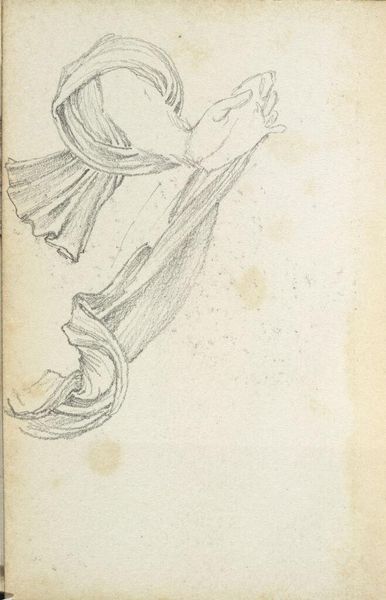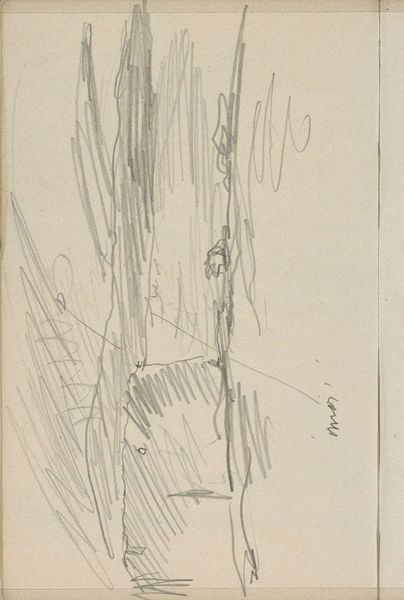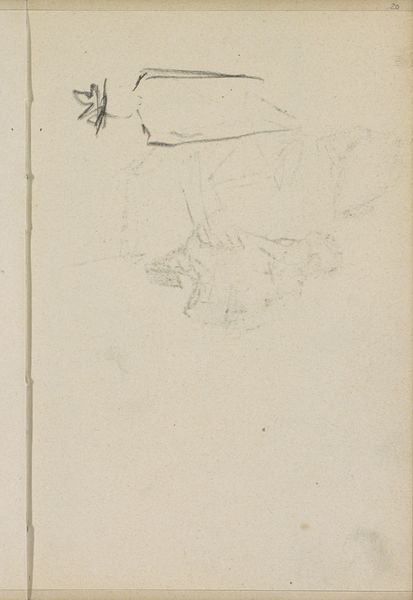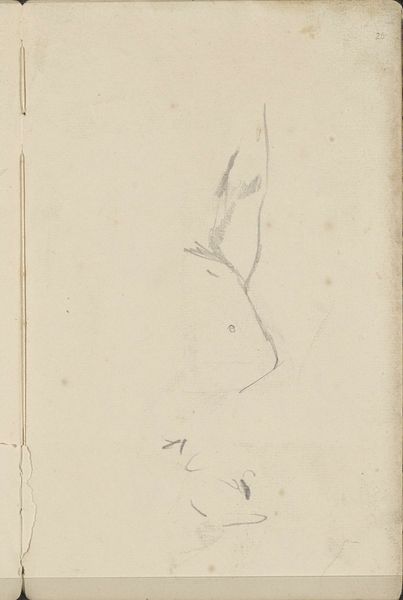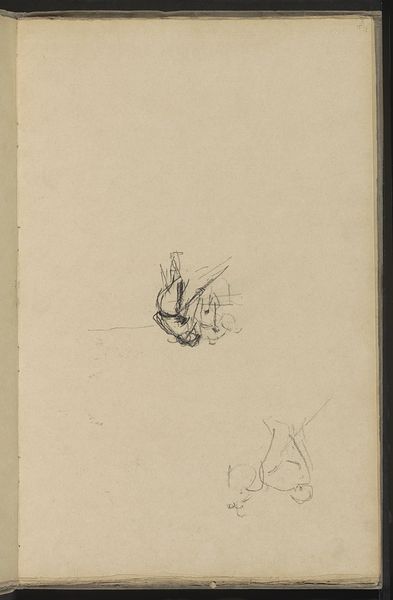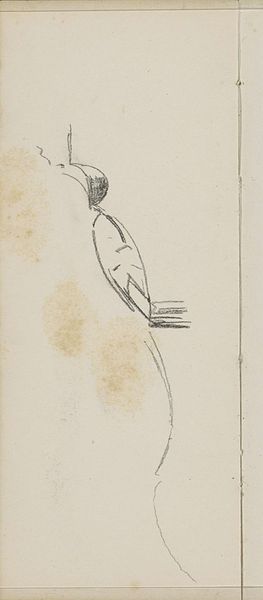
drawing, pencil
#
portrait
#
drawing
#
pencil sketch
#
pencil
#
horse
#
realism
Copyright: Rijks Museum: Open Domain
Curator: Looking at this drawing by Isaac Israels, titled "Paardenhoofd," created sometime between 1887 and 1934, I’m struck by how direct and unadorned it feels. A simple pencil sketch—a horse’s head. What are your immediate impressions? Editor: I’m seeing an almost restless energy, despite its seeming simplicity. The lines are quick, almost nervous. There's a sense of capturing something fleeting. What’s the story of this piece? Why a horse? Curator: Israels was known for depicting everyday life, and the horse in late 19th, early 20th century European cities would've been a prominent part of the urban landscape. It speaks volumes about class, labor, and even industrialization at the time. What narratives might this suggest regarding societal dependence on animals, class structure, or maybe even colonial equestrian displays? Editor: Interesting point about the colonial aspect, but I do see the drawing almost as an ode to the animal, an unsentimental portrayal of labour. Given Israels’ artistic circles, what was the attitude toward these types of works? Were these just studies or did they function as critiques of labour? Curator: His social realist approach was celebrated and criticized by conservative thinkers who still clung to notions of beauty and monumental paintings. In any case, this pencil work encapsulates a feeling—an intimacy with a subject removed from its grandeur, reinserting animals into a critical social dialogue beyond romanticizing the image of working animals. Editor: It’s as though he's collapsing hierarchies between art and subject, in this moment when there was tension between class representation in the public imagination, yes? And yet the fleeting immediacy creates this kind of rawness. Almost confrontational—despite how unfinished or raw it may be. I am now thinking of that sense of capturing the animal’s fleeting vitality amid societal forces. Curator: The artwork’s quietness hides a radical artistic act. It captures the zeitgeist but offers its quiet critique, reminding us to seek what power and knowledge hides. Editor: Thank you. Now, seeing Israels’ ‘Horse Head’ within this perspective reshapes its presence, opening doors to narratives connecting power, representation, class relations and animal labour.
Comments
No comments
Be the first to comment and join the conversation on the ultimate creative platform.
